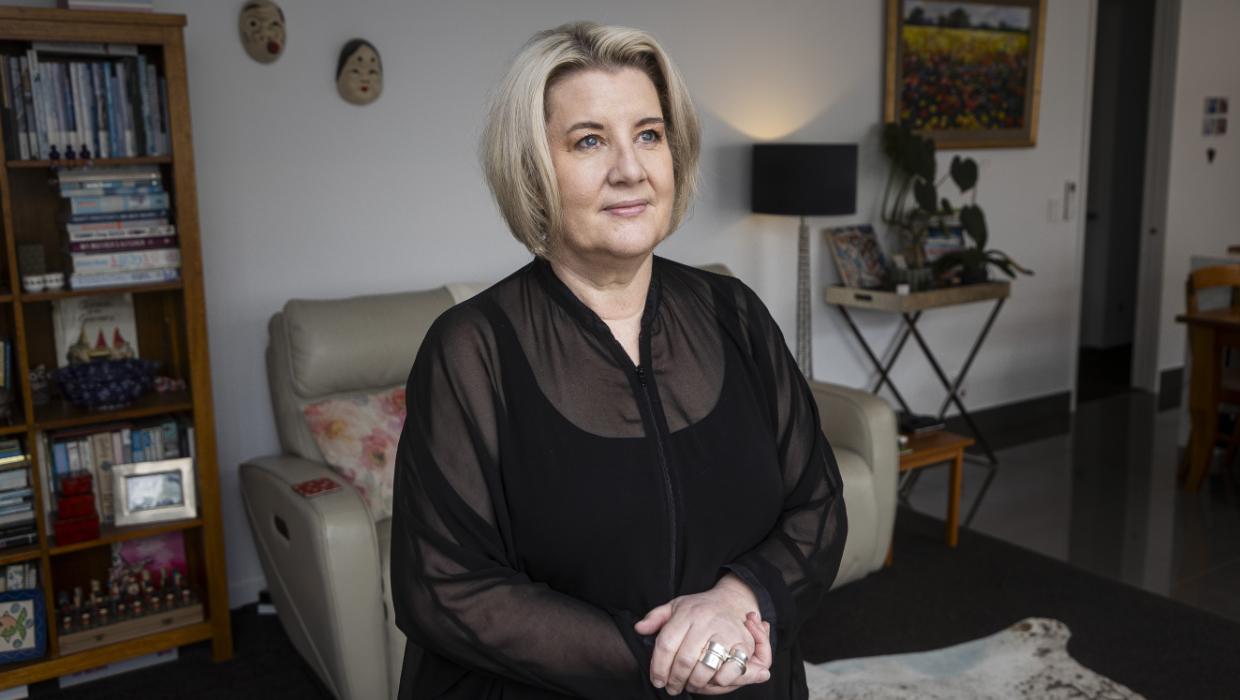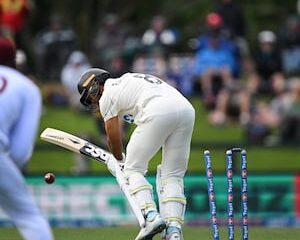Health
Woman Discovers 20 Tumours Through Self-Check Before It’s Too Late

Helen Thomson, a 58-year-old woman from New Zealand, faced a critical health scare when a self-examination revealed a lump in her right breast. This discovery occurred a year before her scheduled mammogram, leading to a diagnosis of ductal carcinoma in situ (DCIS) and the shocking revelation of 20 tumours that had gone undetected by previous tests. Her story underscores the importance of breast self-exams and the limitations of regular mammography in detecting all forms of breast cancer.
Thomson had routinely undergone mammograms every two years, a standard practice for women aged between 45 and 69 as part of the country’s breast screening programme. According to the Ministry of Health, one in nine women will develop breast cancer during their lifetime, and approximately nine women are diagnosed with the disease daily. Regular mammograms can detect between 80% to 90% of breast cancers, yet not all tumours present visible signs on these scans.
Despite her routine screenings, Thomson remained vigilant about monitoring her breast health. “I checked my breasts every day,” she explained. “It was a bit ‘over the top,’ but I had friends who had breast cancer, and some who had not survived it.” One day in early August, she felt a lump that prompted her to seek medical attention. Following a series of appointments, including mammograms and MRIs, doctors confirmed her diagnosis of DCIS.
During surgery, doctors removed 1 kg of tissue from her breast, uncovering 20 tumours that had not appeared in prior examinations. “I was stunned because I felt my breasts every day,” Thomson recounted. “The day before, I had not felt that lump, and it was quite big. It surprised me how much it had grown in just over one year since my last mammogram.”
Fortunately, because she detected the cancer early, it had not spread elsewhere in her body. Thomson underwent radiotherapy in January and will take endocrine treatment pills for the next five years, successfully avoiding a mastectomy and chemotherapy.
Natalie James, lead nurse at the Breast Cancer Foundation, emphasizes that while mammograms are effective tools for early detection, they are not foolproof. “A number of breast cancers are diagnosed between regular mammograms,” she said, urging women to adopt a proactive approach to their breast health. “There needs to be more awareness.”
James advocates for women to engage in “TLC”—touch, look, and check—encouraging them to familiarize themselves with their breast’s normal appearance and texture. “You’re not looking for cancer; you’re looking to know the normal of your breasts. It doesn’t need to be a fearful look.”
As October marks Breast Cancer Awareness Month, Thomson hopes to inspire other women to prioritize self-examinations. “I knew my normal and felt myself every day. It was only that one day I felt it, and it had already progressed significantly,” she stated. “If I hadn’t been that person who checked regularly, it could have really got away on me.”
Thomson’s experience serves as a powerful reminder of the importance of breast self-examinations in conjunction with regular mammograms. For additional resources and guidelines on breast health, women can visit the Breast Cancer Foundation NZ’s website.
-

 World1 week ago
World1 week agoPrivate Funeral Held for Dean Field and His Three Children
-

 Top Stories2 weeks ago
Top Stories2 weeks agoFuneral Planned for Field Siblings After Tragic House Fire
-

 Sports3 months ago
Sports3 months agoNetball New Zealand Stands Down Dame Noeline Taurua for Series
-

 Entertainment3 months ago
Entertainment3 months agoTributes Pour In for Lachlan Rofe, Reality Star, Dead at 47
-

 Entertainment2 months ago
Entertainment2 months agoNew ‘Maverick’ Chaser Joins Beat the Chasers Season Finale
-

 Sports3 months ago
Sports3 months agoSilver Ferns Legend Laura Langman Criticizes Team’s Attitude
-

 Sports1 month ago
Sports1 month agoEli Katoa Rushed to Hospital After Sideline Incident During Match
-

 World2 weeks ago
World2 weeks agoInvestigation Underway in Tragic Sanson House Fire Involving Family
-

 Politics2 months ago
Politics2 months agoNetball NZ Calls for Respect Amid Dame Taurua’s Standoff
-

 Top Stories2 weeks ago
Top Stories2 weeks agoShock and Grief Follow Tragic Family Deaths in New Zealand
-

 Entertainment3 months ago
Entertainment3 months agoKhloe Kardashian Embraces Innovative Stem Cell Therapy in Mexico
-

 World4 months ago
World4 months agoPolice Arrest Multiple Individuals During Funeral for Zain Taikato-Fox



















